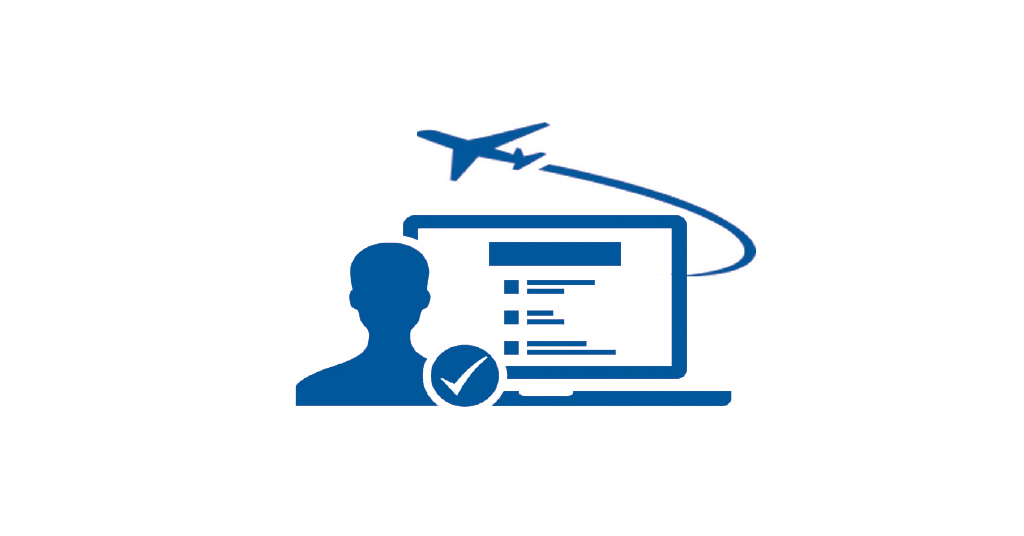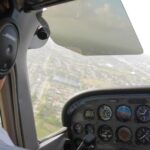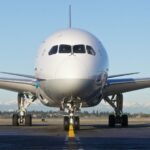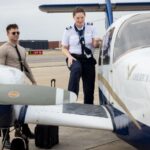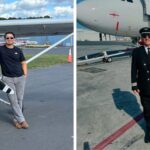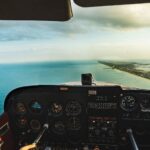By Steven Daun, National Chief Pilot
When searching for a flight school, your first series of questions should be concerning the average amount of hours that it takes for a typical student to complete their training and the quality of instruction that you will receive. It should NOT be “What is your hourly rate?”
The hourly rate has almost nothing to do with how much you are going to spend by the end of your flight training. A school’s hourly rate typically consists of a combination of fees for maintenance, instructor time, fuel, and insurance. Instead, you should be asking, “How many hours do you think it will take for me to complete this certificate?” The national average is over 80 hours. It should not and does not have to take that long to accomplish your goals.
Every student learns at a different rate, but how long it takes to finish your training depends on three things: 1) the support team surrounding you, 2) the training plan (start to finish) that was developed for you, and 3) the amount of effort you put into your training.
Dedicated Team of Support
When searching for a flight school, you should ideally look for a school with a team dedicated to helping the student reach their aviation goals. If you want a school that has all the tools to support your training, ask the following questions.
- Who is responsible for supporting and developing the instructors?
- Who oversees aircraft maintenance?
- Who is responsible for making sure that you are on the right track with your training?
- Is the same level of support available to you on the weekends and holidays?
- Do the school structure and scheduling meet your goals and objectives?
- Are they scheduling for their convenience or yours?
- How do they measure and communicate your achievements?
Curriculum
Flight training is no different than say, building a house. You start with a set of blueprints, place the foundation and then build the structure on top of that. The house will only be as strong and stable as the foundation. When searching for a flight school, you need to see and understand the curriculum that is in place for your training. This should include ground, simulator, and airplane lessons as well as a training plan for the FAA Knowledge Test. This not only ensures that your instructors have provided you with all the necessary education, but it also enables you to keep track of where you are in your training and what you need to study for your upcoming lessons. Believe it or not, the airplane is the worst classroom. Your curriculum should introduce concepts to you in the ground sessions, allow you to practice them in a simulator with your instructor, and then apply them in the aircraft.
One way or another, you are going to need to learn the information. Nobody should suggest or tell you to just memorize the answers. The more you learn the more satisfying your training will be.
Remember. Rule #1 in-flight training is that if you aren’t enjoying the experience then something is wrong.
Maintenance Department
You are most likely not a mechanic, so how do you know what to look for in one? Take a look at the aircraft. Do they look well maintained? Are they clean? What about the interior? Are there any holes in the instrument panel? Are the seats in good shape? What about the tires? Ask to take a look at the maintenance hangar and the logbooks. Is the hangar clean and organized? Are the aircraft logbooks organized? What about the mechanics? Do they look professional? Does the maintenance department belong to the school or is the maintenance contracted out? Ask how the aircraft issues are communicated to the maintenance department. All these things will give you an idea of the level of professionalism of the school. Remember, if you get a bad feeling, it is most likely for a reason.
Other Questions to Ask
Talk to other pilots and get an idea about what was important to them and what problems they had in their training. This will enable you to formulate your own plan. Some other things you may want to consider asking may include the following.
- What happens on poor or bad weather days. Will you work in the simulator? Will your instructor take you up to further your education?
- Research their insurance coverage. Specifically, are you covered by the school’s insurance when you fly, or will you need to provide your own insurance?
- Will you be able to plan your schedule out into the future or only one lesson at a time?
- Speak to other students that you see in the school and ask them about their experience there.
We live in a disposable society that demands instantaneous gratification. We shop for the cheapest price, regardless of value, because we can get another one if it breaks. While this may fit many lifestyles and hobbies, it is not the best approach in flight training. In flight training, you want to make sure that you are getting the most out of your tuition and that you have the proper equipment, instructors and support necessary to make you feel comfortable, safe and confident.
Signs of a Well-run School:
- Supportive Learning Environment: The facility has classrooms, training aids, and available flight Instructors.
- Well Maintained Fleet of Aircraft: Aircraft are kept clean and do not have ripped seats or cracked plastic.
- Proven Training Curriculum: Flight instructors are employees of the school and follow standardized teaching methods.
- Efficient Scheduling System: Customer service personnel are dedicated to ensuring availability of aircraft and Instructors to your training schedule.
- Financing Options: Important with helping you manage the costs of learning to fly.




